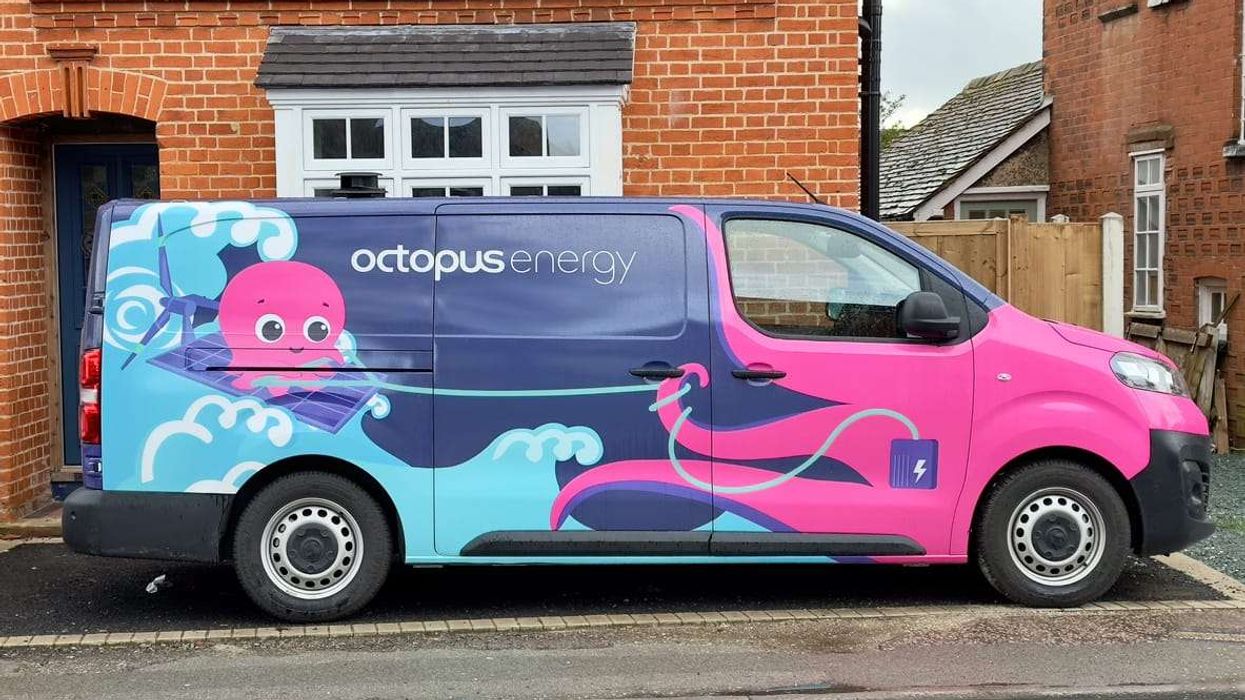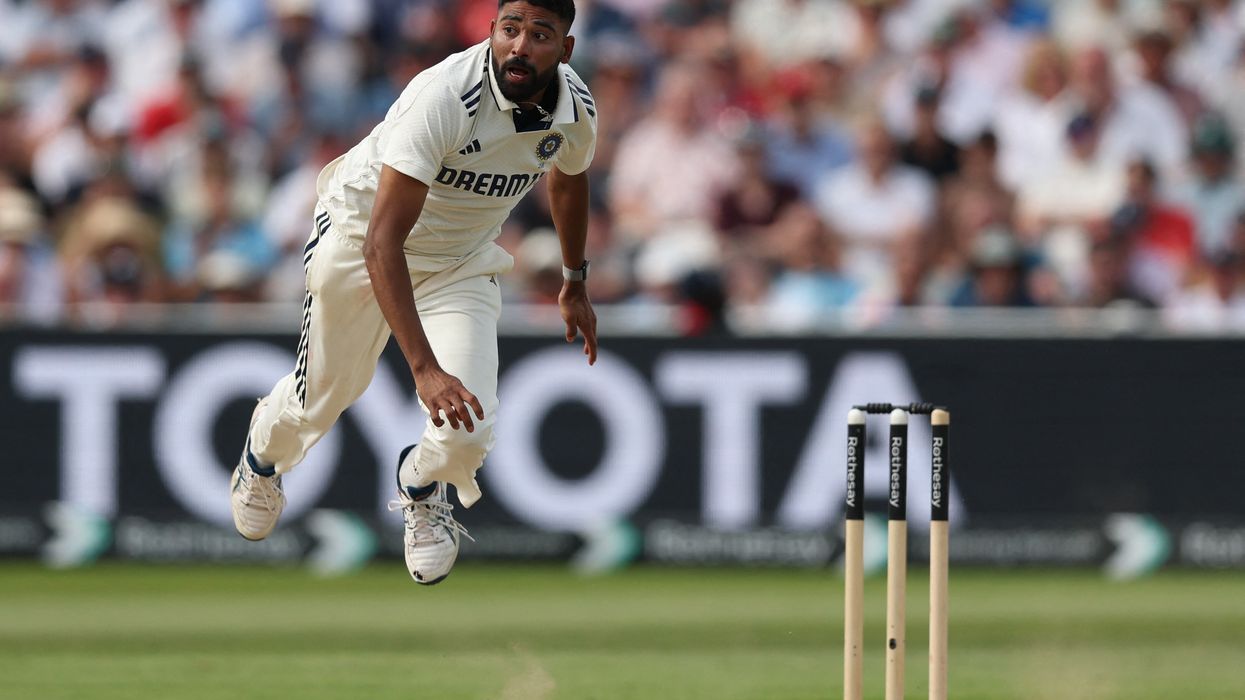Apple is no stranger to sleek design, but its upcoming iPhone 17 range may take things to a whole new level – quite literally. The tech giant is reportedly planning to unveil a brand-new addition to its lineup: the iPhone 17 Air, a model expected to be the slimmest iPhone ever released.
While Apple has yet to confirm anything officially, mounting leaks and speculation are painting a clearer picture of what could be one of the most distinctive iPhones to date. Here’s a round-up of everything we know so far about the iPhone 17.
A September launch remains likely
Apple has established a reliable pattern for its annual iPhone launches, typically unveiling new models in early September. Barring any unexpected changes, the iPhone 17 lineup is expected to follow suit.
Though some reports suggest Apple might split its releases between September and a separate spring window for budget models like the rumoured iPhone 16e, the iPhone 17 Air is still anticipated to debut this autumn alongside the rest of the iPhone 17 range.
Pricing: Sitting between base and Pro
The Air branding, familiar from the MacBook and iPad ranges, suggests the iPhone 17 Air will occupy a middle ground in pricing and features. Positioned between the base iPhone 17 and the iPhone 17 Pro models, it’s expected to be slightly more affordable than the high-end Pro and Pro Max but more advanced than the standard version.
Exact pricing remains speculative, especially with potential tariff changes in the US. Former President Donald Trump has threatened a 25% tariff on iPhones made outside the US, many of which are now assembled in India, which could influence future pricing strategies globally.
To give context, the iPhone 16 Pro started at £999, while the base iPhone 16 was priced at £799. A similar structure is likely to be seen this year.
A radically slim design
The standout rumour is undoubtedly the device’s unprecedented thinness. Reports suggest the iPhone 17 Air could measure between 5mm and 6.25mm thick, making it potentially 2mm slimmer than the 6.9mm iPhone 6 – Apple’s current thinnest iPhone.
To achieve this design feat, Apple is reportedly using a titanium-aluminium alloy for a lightweight chassis weighing around 145g. While the design may include a camera bump, the rest of the phone is expected to be strikingly thin.
Of course, this could mean compromises on battery size and internal components – a balancing act Apple seems keen to manage with smart engineering.
Display: ProMotion and Dynamic Island expected
In terms of screen size, sources are split between a 6.6-inch and a 6.7-inch OLED panel. Either size would place the iPhone 17 Air between the current Pro and Pro Max models. What’s more certain is the inclusion of Apple’s 120Hz ProMotion technology and an always-on display.
Face ID sensors are expected to remain housed within the Dynamic Island cut-out, though there is debate over whether this will shrink in the 17 series. While analyst Jeff Pu suggests a smaller cut-out may be on the way, Ming-Chi Kuo believes it will stay largely the same.
There are also whispers that Apple may adopt a newer display technology – TDDI (Touch and Display Driver Integration) – which combines touch and display layers into a single panel. This could be key in helping achieve the Air’s ultra-thin profile.
Hardware: New chip and reduced battery size
As is standard with every new iPhone generation, the iPhone 17 range will bring a new processor – the A19. The iPhone 17 Air is tipped to pair this chip with 8GB of RAM, though likely the standard A19 rather than the more powerful A19 Pro reserved for top-tier models.
Due to its slim form factor, the iPhone 17 Air is expected to house a smaller 2800mAh battery, a notable reduction compared to other premium handsets. However, Apple is rumoured to be incorporating new high-density silicon-anode battery technology, which could offer better efficiency and longer usage despite the smaller capacity.
To compensate further, Apple may also release a dedicated case with an integrated battery, though this could undermine the phone’s headline feature: its thinness.
SIM tray gone, C1 modem in?
The iPhone 17 Air could be the first in the range to eliminate the physical SIM tray entirely in favour of eSIM-only support, freeing up internal space. Additionally, it might feature Apple’s proprietary C1 modem, previously only used in the iPhone 16e.
These adjustments would help maintain a balance between performance and space-saving.
Camera: Single-lens setup
One of the biggest trade-offs in the pursuit of thinness appears to be the camera system. According to leaks, the iPhone 17 Air will feature just a single rear camera – possibly a 48MP sensor, similar to that found on the iPhone 16 Pro – and a 24MP front camera.
This move marks a departure from the trend of multiple-lens arrays and could be a divisive choice among photography-focused users.
Apple is preparing
While the iPhone 17 Air has yet to be confirmed, the information emerging from trusted industry sources suggests that Apple is preparing to debut its thinnest phone ever.
With design as its standout feature, the iPhone 17 Air may not appeal to users prioritising multi-camera setups or extended battery life, but for those drawn to sleek, lightweight devices, it could represent a bold new direction in the iPhone’s evolution.
We’ll likely know more when Apple takes to the stage in early September.
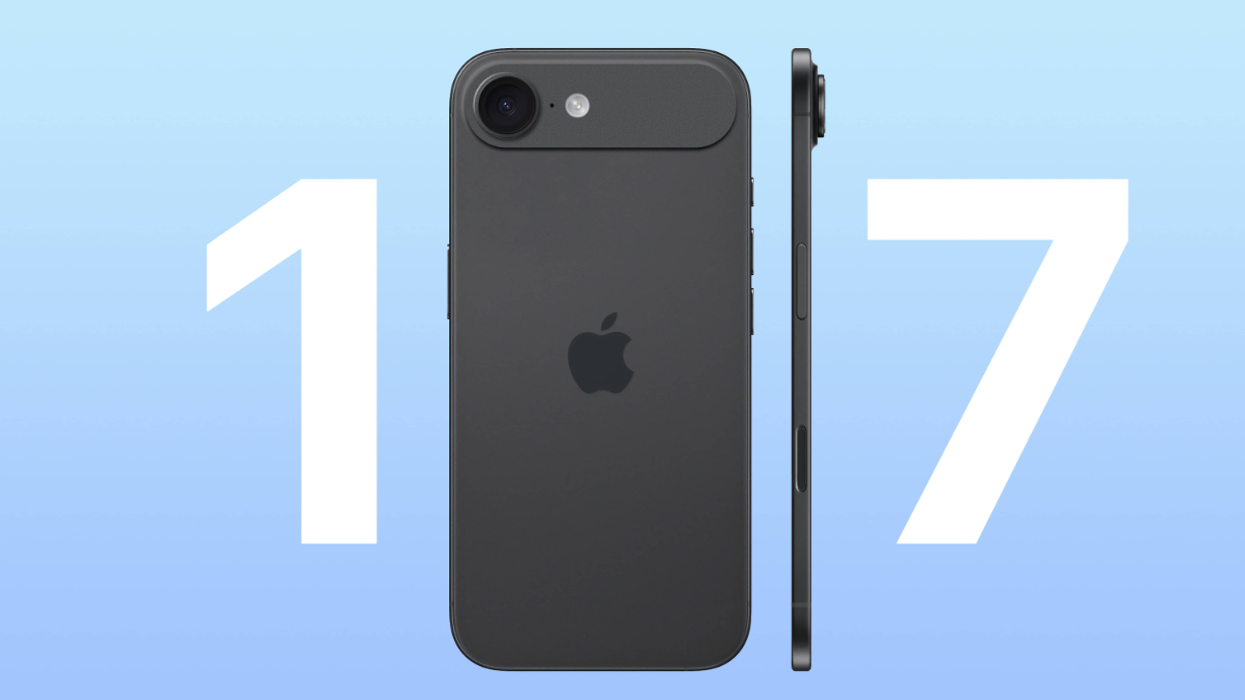

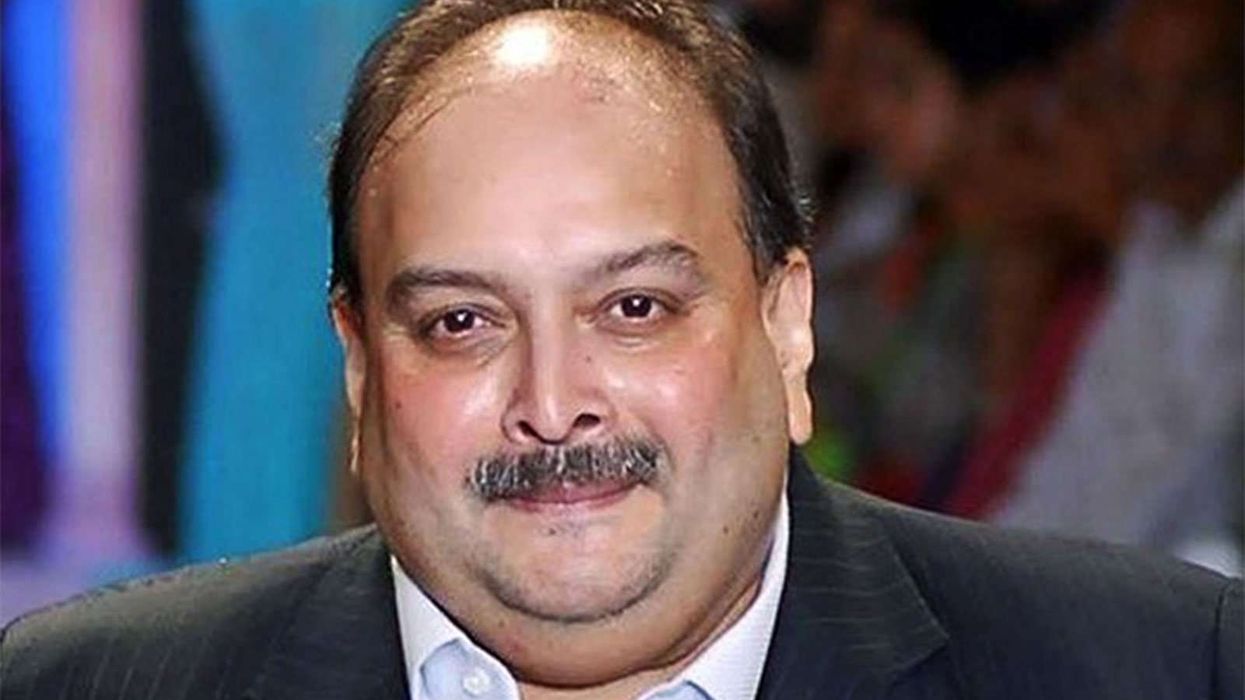
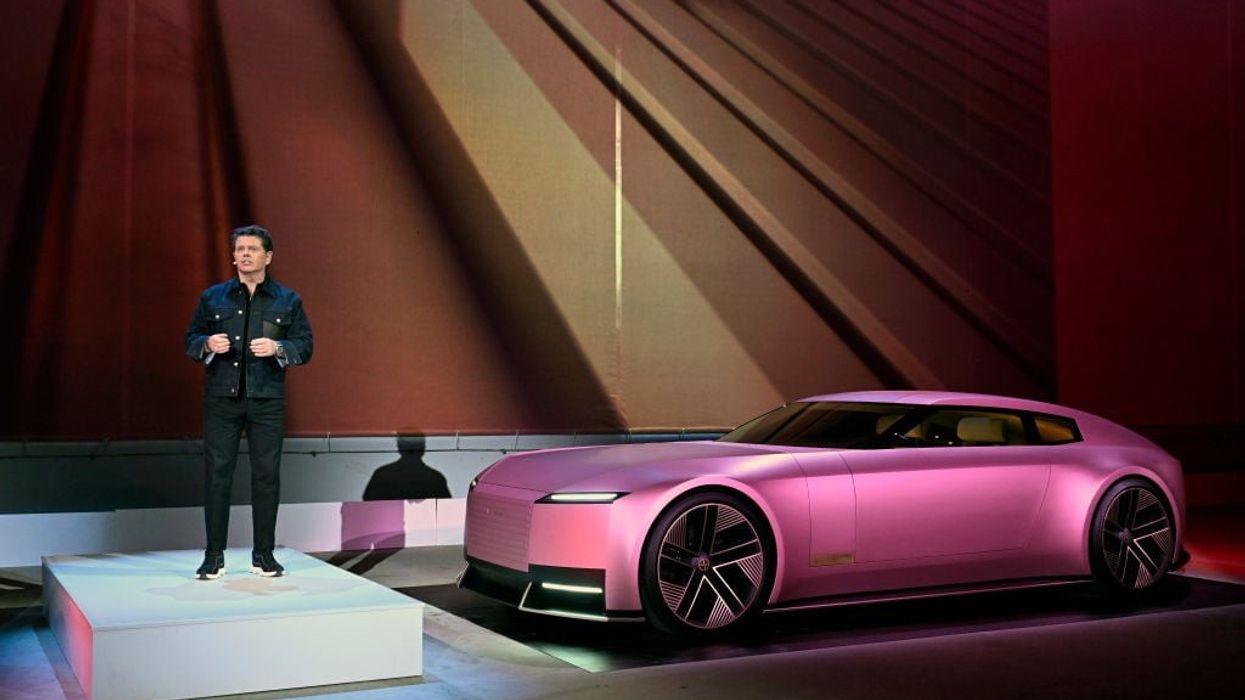
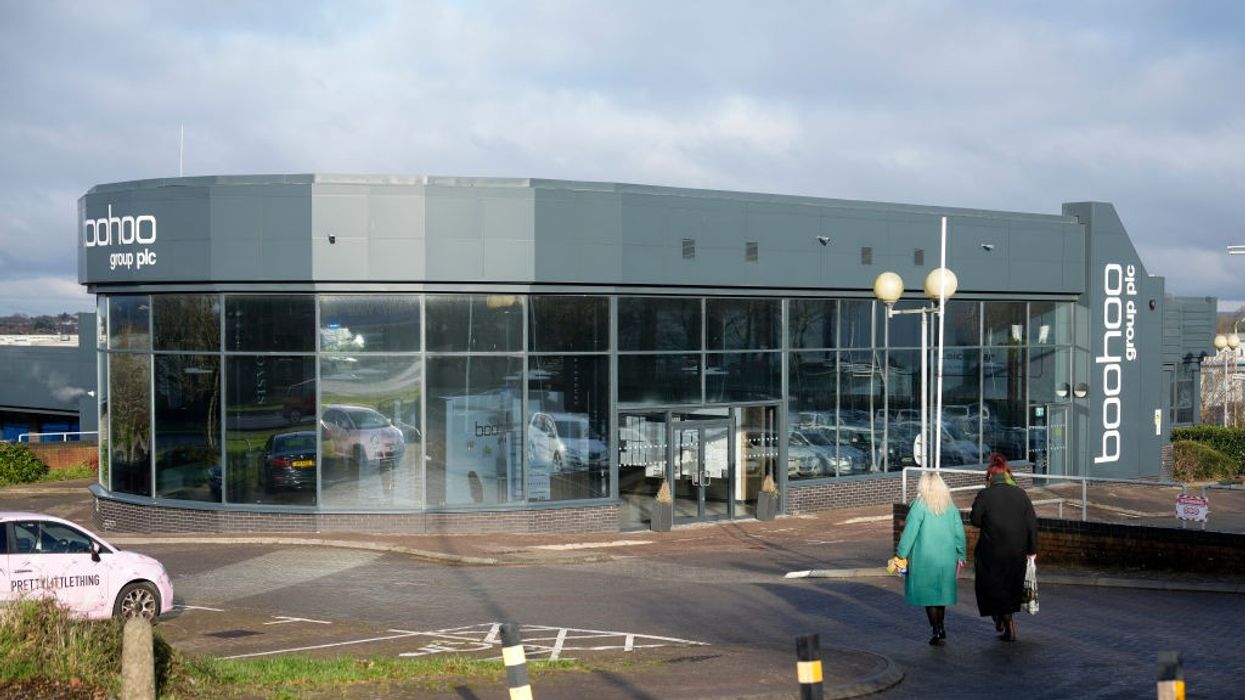


 Manavatty was selected for SNP's traditional fundraising auctionJohn Xavier
Manavatty was selected for SNP's traditional fundraising auctionJohn Xavier  Manavatty 71 is the flagship a tribute to traditionJohn Xavier
Manavatty 71 is the flagship a tribute to traditionJohn Xavier 




